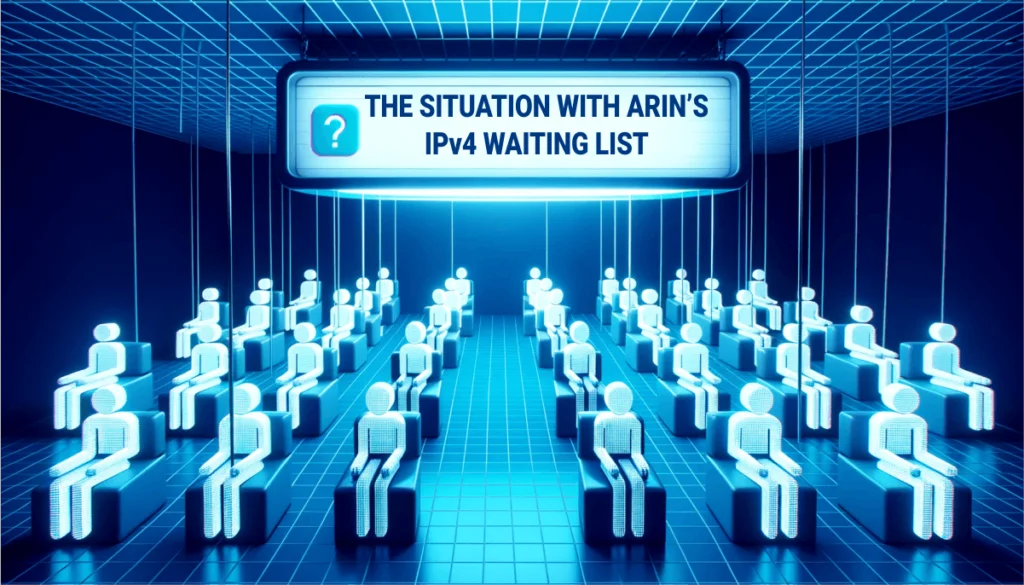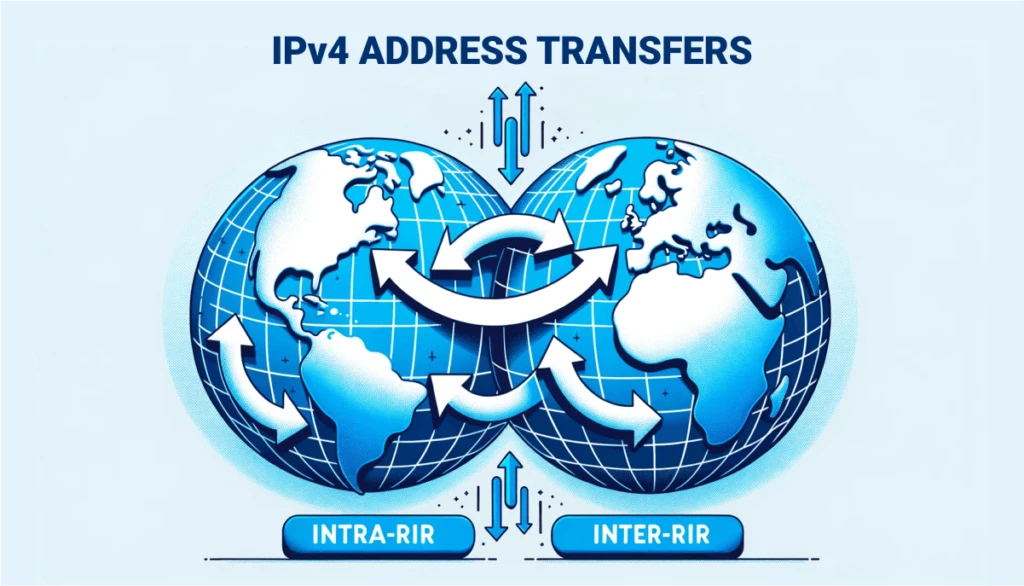Table of Contents
Why is there a Waiting List?
On 24 September 2015, ARIN announced that it had issued the last IPv4 addresses from its free pool. This was a significant turning point, marking the end of readily available IPv4 addresses from ARIN’s primary reserve. Since then, organizations requiring IPv4 addresses have been directed to the Wait List or the IPv4 Transfer Market.
Why is the Waiting List so long?
The waiting list isn’t just a formality—it’s a reflection of the high demand and limited supply of IPv4 addresses. Organizations find themselves queued up, sometimes waiting for over a year, hoping to get their required allocation. The process is clear: you apply, meet the criteria, and then wait your turn based on when you applied and the size of the address block you’re seeking.
An efficient alternative
While the waiting list system is transparent and methodical, it’s not the quickest route, especially if you’re in urgent need of IP addresses. That’s where the secondary market comes in, offering an alternative route for organizations to acquire IPv4 addresses without the prolonged wait associated with the official waitlist. If you’re looking to efficiently secure IP addresses from the secondary market, reach out to us. We’re here to guide you through the process and ensure you get the IP resources you need.
Frequently Asked Questions
What prompted the creation of the ARIN IPv4 Waitlist?
On September 24, 2015, ARIN announced the depletion of its primary reserve of readily available IPv4 addresses. This marked a significant milestone, leading to the establishment of the ARIN IPv4 Waitlist to manage further requests for IPv4 addresses.
How does the ARIN IPv4 Waitlist function?
Organizations in need of IPv4 addresses apply to be placed on the waitlist. Once they meet the necessary criteria, they are queued based on their application date and the size of the address block they’re seeking.
Why is the ARIN IPv4 Waitlist so lengthy?
The extended waitlist is a testament to the high demand for IPv4 addresses coupled with their limited supply. Some organizations find themselves on the waitlist for over a year, awaiting their desired allocation.
Are there alternatives to waiting on the ARIN IPv4 Waitlist?
Yes, the secondary market offers an efficient alternative for organizations to acquire IPv4 addresses. This route bypasses the extended wait times associated with the official waitlist, catering to those in urgent need of IP addresses.
How can organizations benefit from the secondary market for IPv4 addresses?
The secondary market provides a transparent and quicker avenue for organizations to secure the IP addresses they require, without the prolonged wait associated with the ARIN IPv4 Waitlist.





